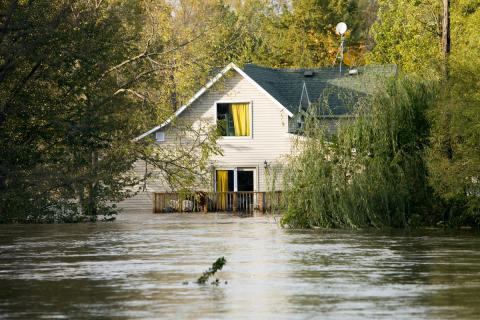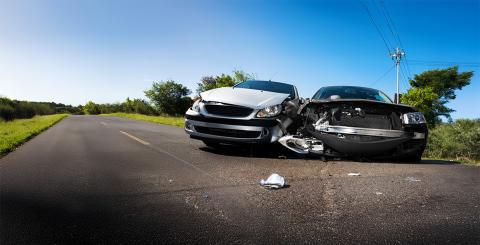You collide with another vehicle because you were blinded by the sun. Are you covered?

As spring approaches, sun glare increases, especially during rush hour at the end of the day. We’ve all been blinded by the sun while driving, to the point where we have zero visibility. But what if that results in a collision? Will your insurer hold you liable for damage to your car? Read on to find out.
Blinded by the sun: you could be liable
Unfortunately, the short answer to the question is yes, you could be held liable for damage in such a situation. That’s according to the Direct Compensation Agreement, which is used to establish the liability of drivers in Québec for these types of accidents.
In determining the liability of the parties involved in an accident covered by the Agreement, climatic factors such as sun glare, slippery roadways, or reduced visibility due to a storm, for example, will not be considered. The Agreement takes into account, among other things, the movement and position of vehicles during impact.
Therefore, in the case of an accident caused by sun glare, the insurer will not take sun glare into account when determining the percentage that the driver was at fault. Liability is instead based on the type of collision that occurred and the fault charts provided in the Agreement.
For example, if two vehicles are travelling in opposite directions, but one of them crosses the centre line and a collision occurs, the driver of the vehicle that crossed the centre line will be held fully liable for the collision, whether or not they were blinded by the sun.
However, if in the same scenario the position of the vehicles could not be determined at the time of the collision, each motorist would be 50% liable. You can simulate different scenarios on the Groupement des assureurs automobiles website to help you understand the fault charts used under the Agreement to determine liability in a collision.
There is even an “Other cases” section with fault charts for failing to obey a traffic signal, colliding while reversing and making a U-turn, opening a door, and even chain collisions, pile-ups, and collisions in a parking lot.
None of the fault charts take into account sun glare. To deal with sun glare, drivers are advised to wear sunglasses or use their vehicle’s sun visors. In very extreme cases, where visibility is zero or the weather is so hazardous that you can’t see the road properly, you should turn on your hazard lights and pull over to the shoulder if you feel it is safe to do so.



